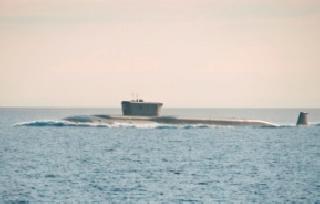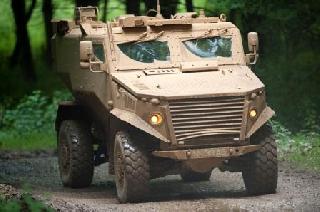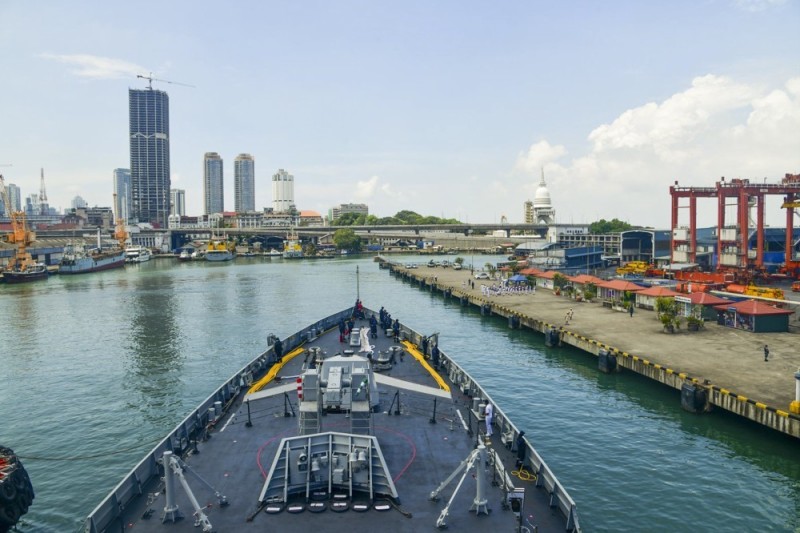
The Yury Dolgoruky SSBN during sea trials. A Sevmash Shipyard photo
MOSCOW (BNS): Russian Navy will commission Yury Dolgoruky - the lead ship of the Borey-class strategic submarines - into service next month, according to the Navy Chief.
The Project 955 Borey-class nuclear-powered ballistic missile submarine (SSBN) will join the Navy on July 29, Navy Commander-in-Chief Vice Admiral Viktor Chirkov was quoted as saying by rusnavy.com.
The construction of Yuri Dolgoruki began in 1996 at the Sevmash shipyard in northern Russia. The vessel began final phase of sea trials in the White Sea earlier this month.
The fourth generation nuclear attack submarine, having a length of 170 meters, width of 13.5 meters and displacement of 24,000 tons, test launched a series of Bulava inter-continental ballistic missiles last year.
The submarine will carry 16 Bulava missiles designed by the Moscow Thermotechnics Institute.
Russia is presently building four Borey-class SSBNs and plans to build four more by 2015.
The second vessel of the class, Alexander Nevsky, is undergoing sea trials. Sevmash shipyard is constructing two more such SSBNs - Vladimir Monomakh and Svyatitel Nikolai (St. Nicholas), for the Navy.
Meanwhile, the Bulava ICBM has been cleared to enter service with the Russian Navy.
"The Bulava missile has de facto been adopted for service with the Navy and the de jure paperwork is being completed," the Navy Chief has said, according to Ria Novosti.
Having a range of over 8,000 kilometers, the Bulava is capable of carrying up to 10 multiple independently targetable reentry vehicle (MIRV) warheads that can hit separate targets.
Russia is developing the strategic missile to equip its military with advanced defence capabilities. The three-stage Bulava is specifically designed for deployment on Borey-class nuclear submarines.
 Previous Article
Previous Article












The Indian Air Force, in its flight trials evaluation report submitted before the Defence Ministry l..
view articleAn insight into the Medium Multi-Role Combat Aircraft competition...
view articleSky enthusiasts can now spot the International Space Station (ISS) commanded by Indian-American astr..
view article